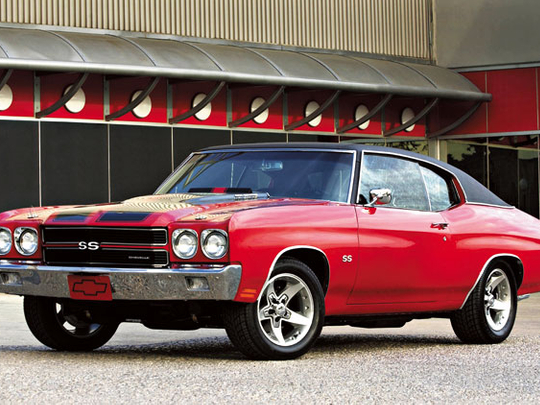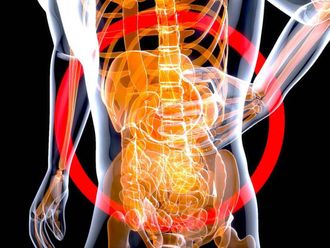
Straight line acceleration is what muscle cars were all about. If they couldn't manage that, then all the racing stripes and catchy names in the world wouldn't make up for it.
When the muscle car war began around the mid-Sixties, Ford, GM and Chrysler were trying to build vehicles that would capture the imagination of the youth. As a result, one overpowered cruise missile after another made its way to the street. By the late Sixties, the market had saturated and it became difficult to be noticed. Manufacturers tried everything from fancy decals to even calling their cars after cartoon characters (1969 Dodge Road Runner) to grab the spotlight. They were all looking for a magic formula but Chevy used an old and effective gimmick — horsepower, lots of it.
The first generation Chevelle Supersport arrived on the scene in 1964 but with just 220bhp from its 283 cubic inch small block, it didn't make much of an impact. So Chevy reacted quickly and a year later, the Chevelle Malibu SS hit the streets. It gave the world a good look at what Chevy could do with the muscle car. Just 201 were built with the top-of-the-range Z-16 option which included Chevy's biggest and baddest 375bhp 396 motor and high performance suspension. These cars looked great, were cheap to buy but most important of all, they were seriously fast.
For 1966, the 396 engine became standard on the SS but it lost power making only 325bhp, while the following year a three-speed auto joined the available three- and four-speed manuals and two-speed automatic transmissions.
For the second generation, a major redesign took place in 1968 where the wheelbase and boot were shortened, the bonnet was stretched and the rear converted into a fastback. A 375bhp L78 engine was made available.
The 1969 model year suffered from poor handling — like all other muscle cars of the time — but it remained one of the most popular cars of the era. However, in 1970, Chevy took the most powerful engine it had ever built, the LS6 454, and put it in the most beautiful Chevelle it had ever designed and created something truly special.
In a body style that car buyers overwhelmingly loved and with all the other performance hardware Chevy could package into a mid-sized chassis, the LS6 Chevelle could destroy just about any car on the strip. It had 450 raging horses and 677Nm of tyre-melting torque. Helping make all that power were high compression pistons, rectangular port cylinder heads and a solid lifter camshaft. It didn't need any extra road presence but it received twin racing stripes over the bonnet and boot. Few other muscle cars could rival the power of the LS6. In its one-year life span, it became a legend. It was the last of Chevy's big cubic inch muscle cars and without a doubt, one of the most awesome cars ever created.
Strict emission laws put paid to huge displacements in 1971 so the LS6 was killed off, replaced by the weaker LS5. The SS soldiered on until its last year in 1973, but by now, the car was a shadow of its former self.
Facts
- Car: 1970 Chevelle SS
- Production: 53,599 units
Engines:
- L34 402 V8 350bhp @ 5,200rpm, 562Nm torque @ 3,400rpm.
- LS5 454 V8 360bhp @ 5,400rpm, 677Nm torque @ 3,200rpm.
- LS6 454 V8 450bhp @ 5,600rpm, 677Nm torque @ 3,600rpm.












